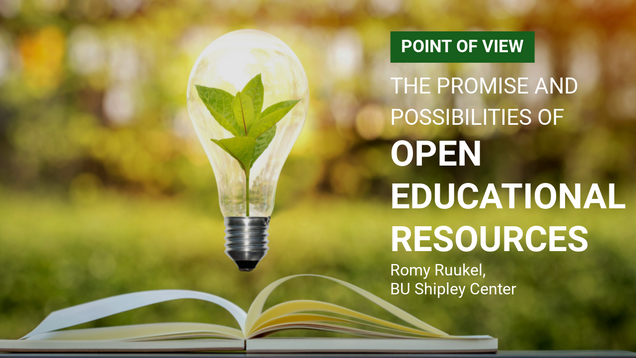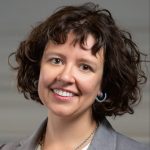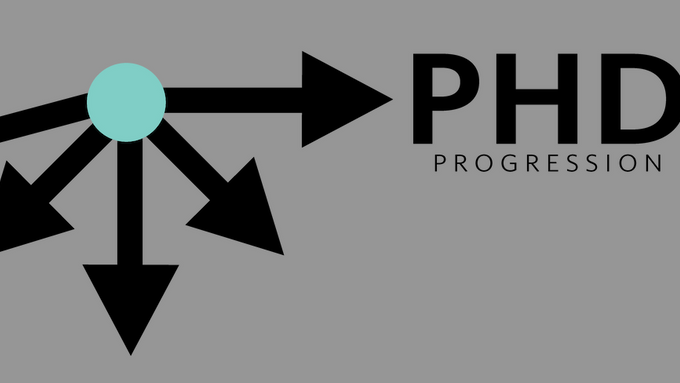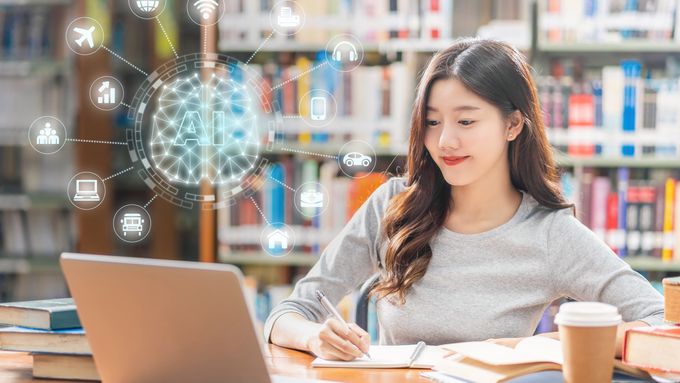POV: The Promise and Possibilities of Open Educational Resources

Voice of Romy Ruukel, Director, BU Shipley Center for Digital Learning & Innovation
The COVID-19 pandemic and economic upheavals of the past several years have increased the demand for open educational resources (OERs) in higher education. Broadly defined as publicly available, no-cost teaching and learning materials in any medium, OERs can reduce fees for the most vulnerable and marginalized students who are more likely to bear the expenses of education on their own. A number of studies (e.g. Hilton, 2016; Senack & Donoghue, 2016; Ozdemir & Hendricks, 2017 ) have shown that, particularly in light of soaring textbook prices, OERs can break down barriers of affordability, be adapted for purposes of accessibility, and be updated in digital formats for contextual relevance more easily than their proprietary counterparts. According to a 2017 survey regarding educational resources in the US , OERs can make a significant difference in large-enrollment, introductory-level courses in addressing student concerns about textbook costs and ease of access to digital materials. University of Maryland’s statewide OER initiative with MOST (Maryland Open Source Textbook initiative), for example, has led to millions of dollars of savings in textbook costs and increased student engagement with course materials.
OERs can break down barriers of affordability, be adapted for purposes of accessibility, and be updated in digital formats for contextual relevance more easily than their proprietary counterparts.
Our own Boston University’s Learning Blocks (BULB) is an example of an OER tool that can provide a no-cost alternative to textbooks and aid the creation of interactive self-assessments in our classrooms; it is currently in use by a number of pioneering BU faculty working in fields ranging from public health to poetry. As exemplified by these materials respectively authored by Wayne LaMorte (Professor of Epidemiology at BU’s School of Public Health) and Svitlana Malykhina (Lecturer in Russian in the Department of World Languages and Literature, CAS), while increasing affordability and accessibility, the use of OERs in the classroom can also empower instructors to create learning experiences that are more aligned with local curricular needs. MIT’s Open Courseware, University of Michigan’s Open.Michigan, Rice University’s OpenStax and California State University System’s MERLOT offer further examples of a commitment to the curation and dissemination of OERs at scale. In a recent potential watershed moment for OERs, John McMurrey, bestselling author of the popular (and expensive) Organic Chemistry textbook, parted ways with his longtime publisher Cengage and sold the rights of his book to OpenStax to enable students to download the digital version of the book and its accompanying solutions for free.
The continued expansion and relevance of OERs for the purposes of inclusivity also offer us growing possibilities of teaching and learning materials that are not only openly available but co-constructed in the public domain. Jonathan Appavoo, Associate Professor at BU’s Computer Science Department, for example, has developed an interactive resource that enables students’ access to the source code of the “book” itself, inherently inviting them to be not only consumers but co-creators of educational technology and their own learning. In similar efforts elsewhere, College of the Canyons Zero Textbook Cost Initiative empowers students to work alongside faculty and instructional support staff to develop course materials, adopt or adapt content, and assist in the redesign of materials from a student perspective; at the Berkman Klein Center at Harvard, participants created a living syllabus for a course on digital self-determination. Beyond open and interactive textbooks, OER projects such as San Diego State University’s Virtual Immersive Teaching and Learning (VITaL) strive to include openly accessible content in a variety of modalities.
In addition to building toward improved equity, open educational resources offer a compelling opportunity in this area to help engage a diverse range of learners more actively and creatively in their own development as active and innovative participants in civil society.
Institutions like Boston University will best recruit and retain exceptional students by investing time and financial resources in articulating and supporting inclusivity in undergraduate education. In addition to building toward improved equity, open educational resources offer a compelling opportunity in this area to help engage a diverse range of learners more actively and creatively in their own development as active and innovative participants in civil society.
We’d love to hear from you about your interest in and experiences with OERs: digital@bu.edu
Resources
- Open & Affordable Educational Resource Guide from BU Libraries
- OER Commons
- Collection of EDUCAUSE OER resources in higher education
 About the Author: Romy Ruukel is the Director of the Shipley Center for Digital Learning & Innovation. Inspired by human-centered design, adaptability and continuous improvement, she leads a team of project managers, multimedia producers and digital learning designers to accelerate the University’s educational transformation through purposeful and novel uses of technology.
About the Author: Romy Ruukel is the Director of the Shipley Center for Digital Learning & Innovation. Inspired by human-centered design, adaptability and continuous improvement, she leads a team of project managers, multimedia producers and digital learning designers to accelerate the University’s educational transformation through purposeful and novel uses of technology.


